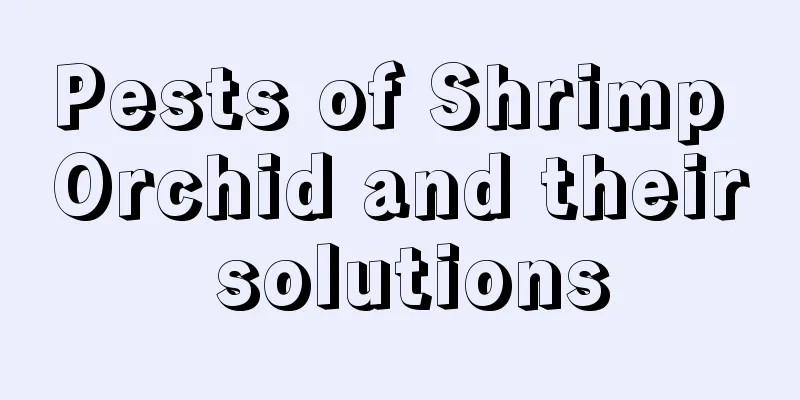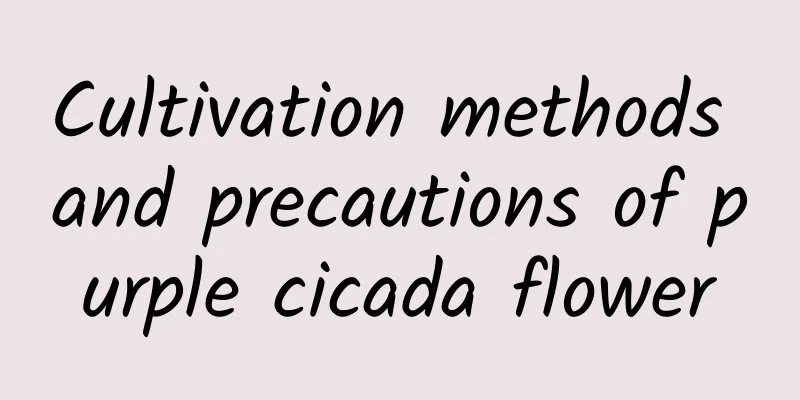Pests of Shrimp Orchid and their solutions

Scale insectsClassification of scale insectsDark brown hard shelled species, white powdery species. Pest symptomsThe damage caused by scale insects is mainly manifested in that they will attach themselves to the stems or backs of leaves of plants and constantly suck juice, causing the growth of plants to be hindered. At the same time, the chlorophyll of the plant is destroyed by scale insects, and a large number of slightly concave light yellow spots appear on the leaves. If the symptoms are severe, it may even cause leaves to fall or the entire plant to wither and die. Prevention and treatment methods(1) In the early stage, when the amount is small, use your hands or a brush to remove it, and be careful not to damage the plants. (2) Spray 1000 times diluted cypermethrin or other liquid medicine once a week. (3) Using ground honey (also called Demike) in pots can also provide long-term prevention and control. Red SpiderPest symptomsIndividual red spiders are very small and often gather on the back of leaves to suck sap. After sucking the sap, silvery or white spots will appear on the leaves. In severe cases, silk screens will appear on the back of the leaves. Red spider mites are more likely to occur in a high temperature and dry environment. When the temperature is higher than 24℃, red spider mites will enter a rapid reproduction period. Ordinary pesticides cannot kill them and acaricides must be used. Prevention and treatment methods(1) During the hot and dry seasons in summer and autumn, frequently observe the undersides of the plant leaves and eliminate red spider mites immediately if found. (2) Use 2000 times diluted dicofol, 1000 times diluted trichlorodicol, or 1500 times diluted speed mite killer. Spray once a week and use it 3 to 4 times continuously. Snail and slug diseasesThe difference between the twoSnails have shells, while slugs do not, and both are omnivorous mollusks. Pest symptomsIt likes to feed on young and tender tissues of orchid plants, such as young leaves, new shoots, root tips, flower buds, petals, etc., causing irregular scars and holes. Wherever the two crawl, there are usually traces of shiny and transparent mucus left behind, so timely prevention and control should be taken when discovered. Prevention and treatment methods(1) Clean the cultivation environment. It is best not to have any accumulation of material around the plants. It is best to clean up weeds, gravel, tree branches and leaves as soon as possible, because snails and slugs can easily breed in shaded and humid places. (2) Use snail powder and snailicides to lure and kill them. (3) Apply 6% metacetaldehyde powder to places where snails and slugs are present. They will die if they crawl over or touch them. Thrips DiseasePest symptomsThrips mainly feed on young and tender parts such as flower buds and leaf buds. What is frustrating is that the larval stage of thrips mainly appears in the cultivation medium, and at this stage thrips do not bite plants, so it is difficult for people to find them, and by the time they are discovered, it is usually too late. Prevention and treatment methodsThoroughly disinfect the cultivation medium and environment to eliminate the source of infection. Once thrips appear, spray pesticides thoroughly and comprehensively in an extraordinary manner. All plants and the ground and iron frames around the plants should be sprayed. |
<<: Diseases and Pests of Digitalis and Their Control
>>: Symptoms and prevention methods of 9 major diseases and pests of succulents
Recommend
The growing environment and local conditions of Schisandra chinensis
Schisandra chinensis growth environment and condi...
How to care for Desert Rose in winter
1. Move indoors If the desert rose is maintained ...
How many kilograms of tomatoes are produced per mu? How many kilograms of tomatoes are produced per mu in greenhouses?
Tomato yield per mu Tomato is a very common veget...
The most profitable industries in rural areas in 2022 (the five most profitable industries in rural areas in the future)
Rural e-commerce Today's rural e-commerce is ...
Do cornflowers prefer shade or sun?
Do cornflowers prefer shade or sun? Cornflower is...
Where is Pueraria suitable for planting?
Kudzu root planting area Generally, Pueraria root...
How to propagate hibiscus by cuttings and precautions
Hibiscus, commonly known as hibiscus, has a long ...
How long is the growing season for spring potatoes?
How long is the growing season for spring potatoe...
How long does it take for jasmine cuttings to take root?
1. How long does it take to take root? It usually...
The peony stopped blooming after being repotted. When should I repot the peony?
1. What to do if it doesn't bloom If the peon...
Grapefruit growth environment conditions and characteristics
Grapefruit growth environment conditions and requ...
What are the cultivation methods and precautions of goldfish spider plant
Growth habits of goldfish spider plant Goldfish C...
Is peanut a shade-loving or sun-loving plant?
Do peanuts prefer shade or sun? Peanut is a herb ...
What are the cultivation methods and precautions for apple trees?
Apple tree cultivation method The apple tree belo...
Is lettuce a hair-raising food? How to preserve it?
1. Is it a hair-raising food? Lettuce is actually...









